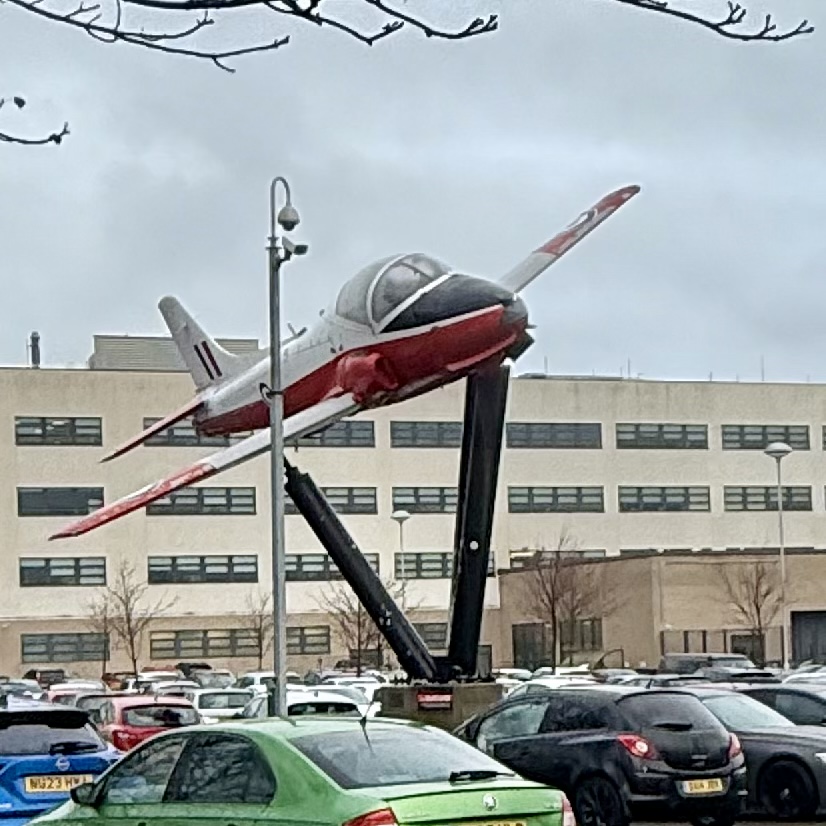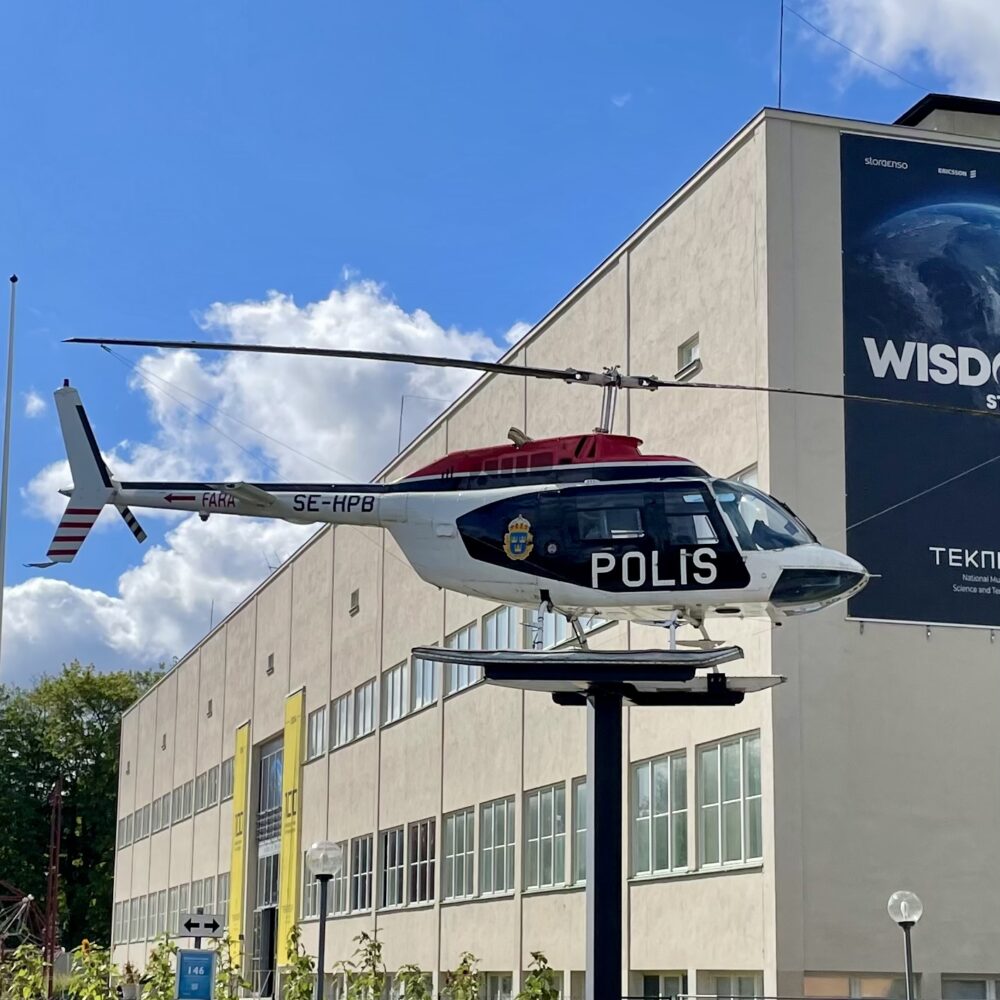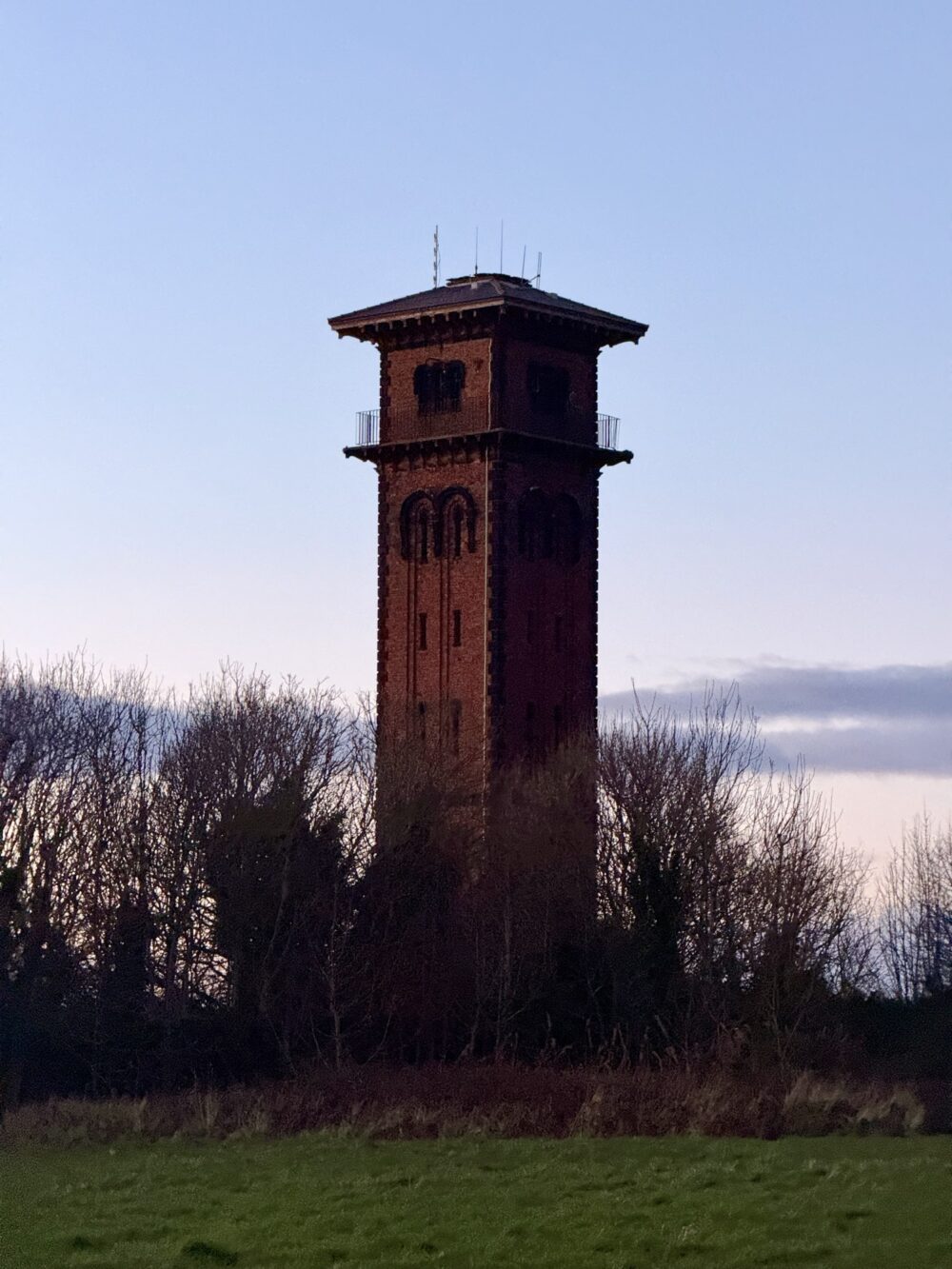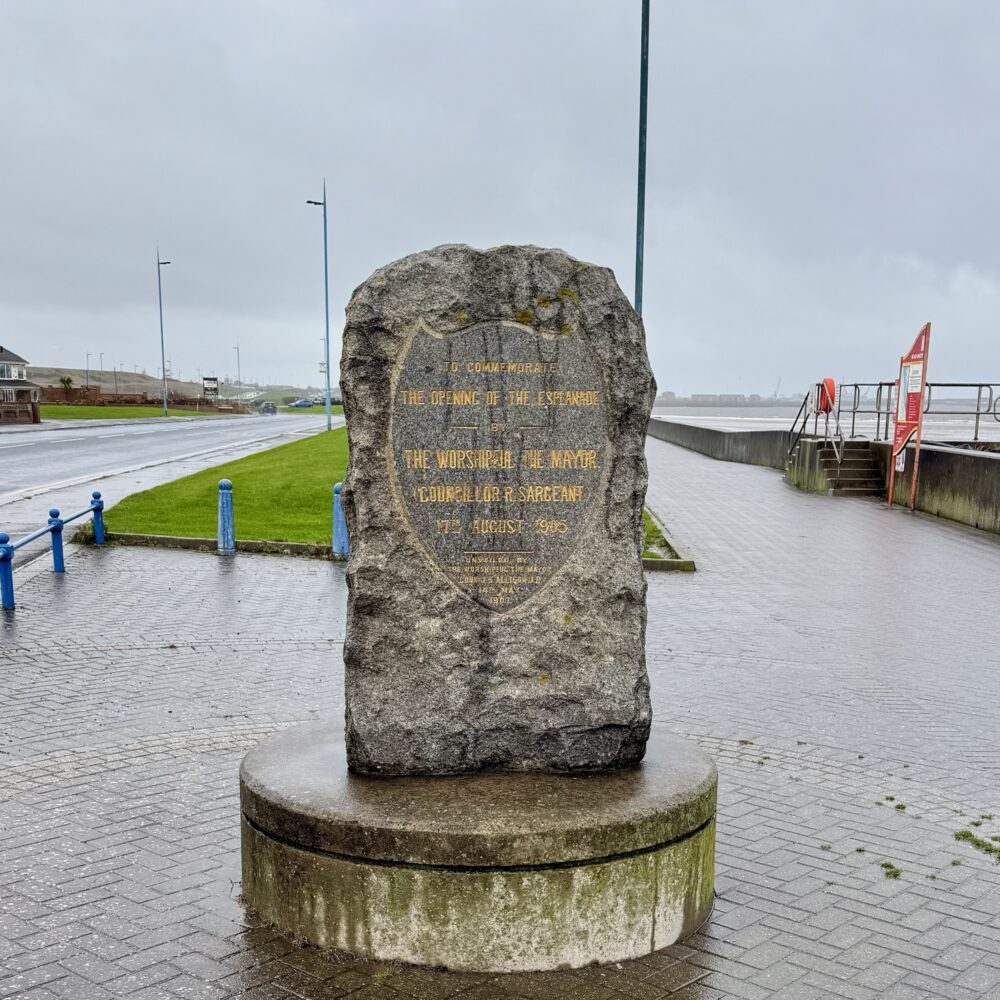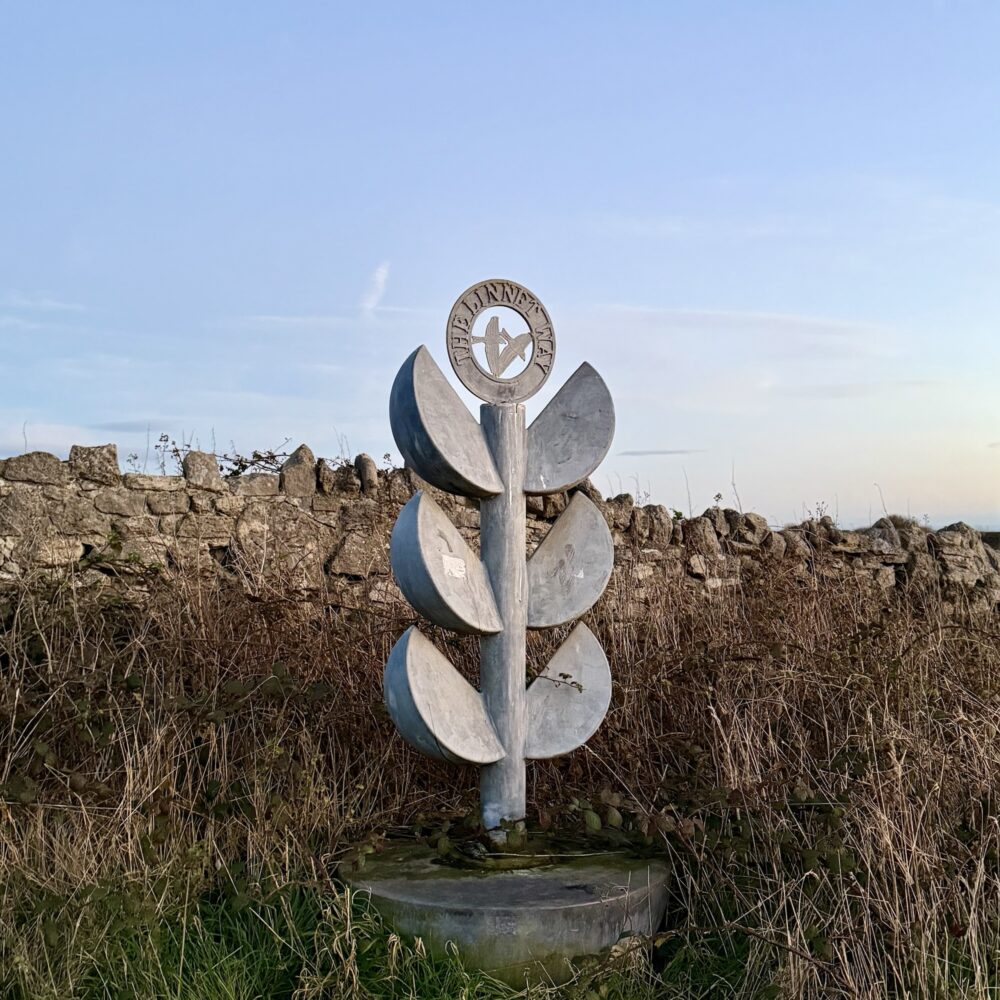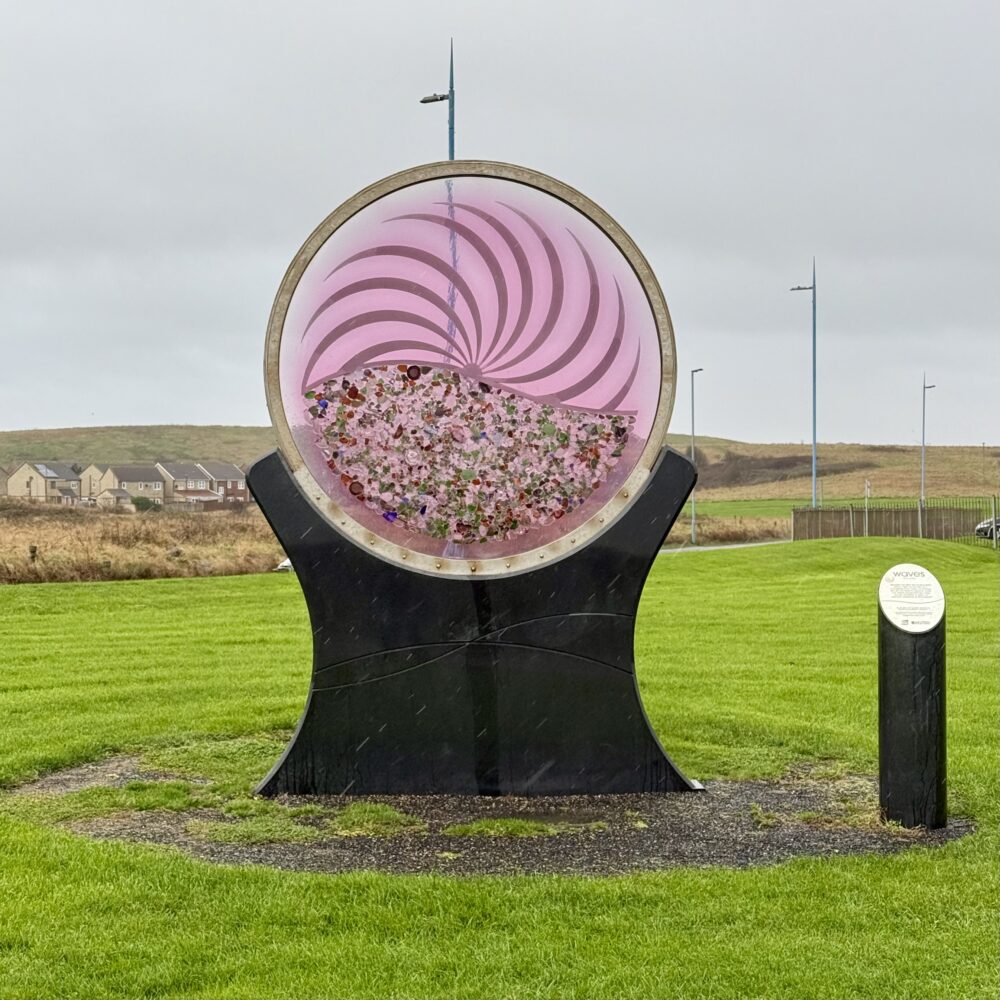Sun on a stick
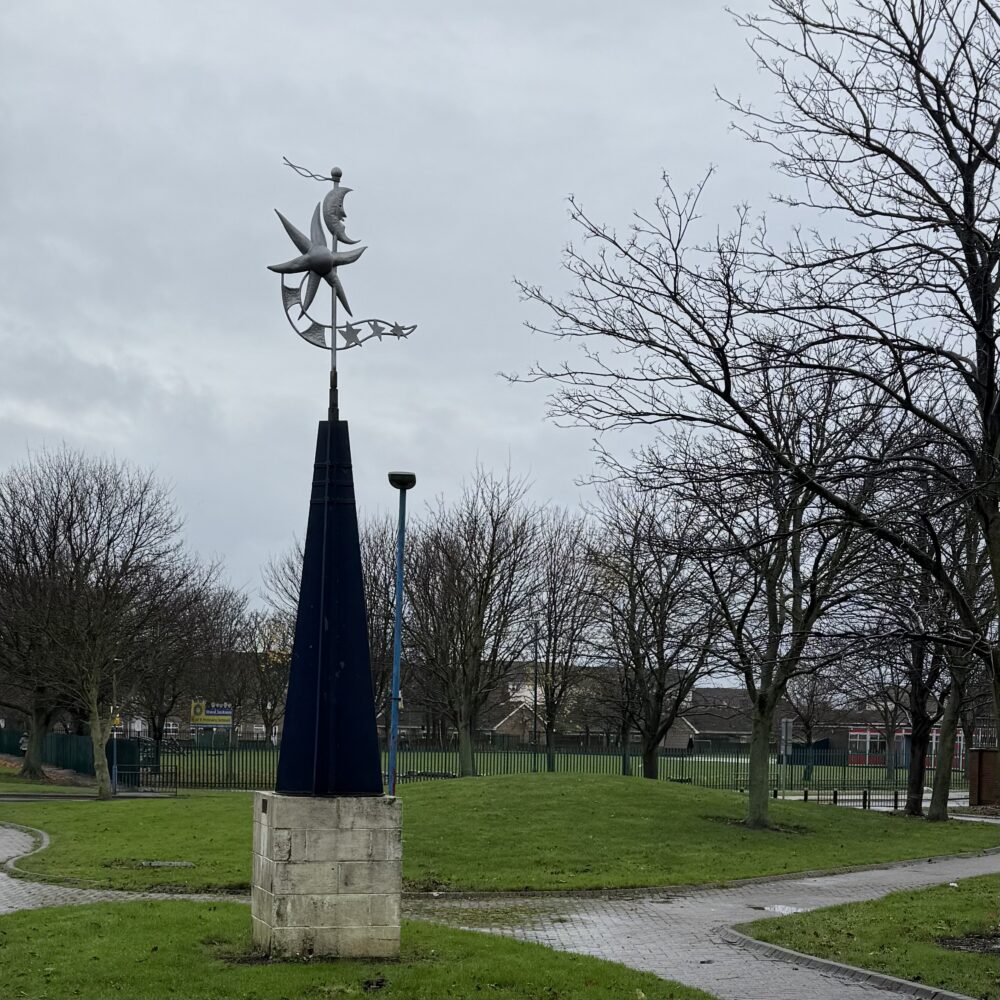
I’m approaching two years of daily blogging. One consequence of this, as Wendy will tell you, is that I’m prone to whip out my phone and photograph any public artwork or memorial I happen across.
This one, in Hartlepool, struck me as one of the better artworks I’ve seen this year… but it’s been on my list of things to post for longer than usual, as I’ve struggled to find out anything about it.
But now, I’ve cracked the mystery. It is the output of a competition from the 7-9 year olds at the nearby Ward Jackson Primary, 18 years ago. The kids were asked to design an artwork to replace frequently-vandalised lamppost. This winning design belonged to Jessica Draper.
An interview with the artist at the time revealed her motivations: “Most people like the sun and say it makes them feel better, so I thought I would include it in my design.”
Honestly, I think that may also be one of the best justifications for a bit of civic art that I’ve read this year as well.
As someone who has occasionally been a little grumpy about children’s art, even I think this example is worth celebrating.
This post was filed under: Art, Photos, Travel, Hartlepool, Jessica Draper.
